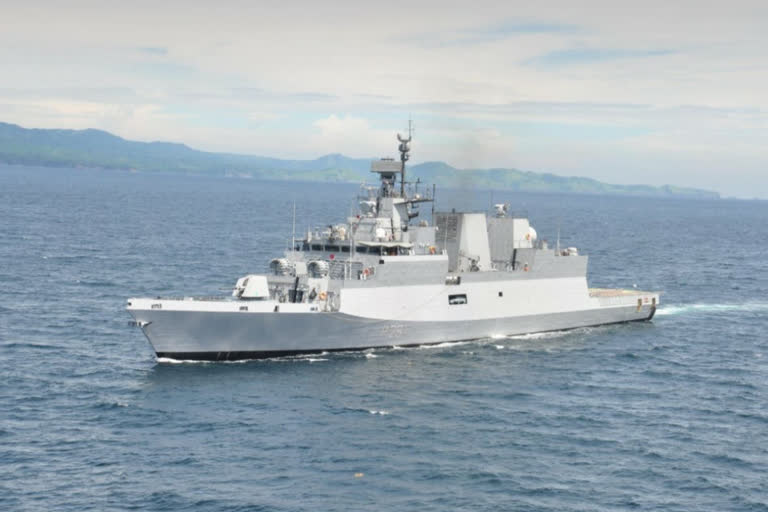New Delhi:Naval war exercises and joint training in the Indo-Pacific—be it in the South China Sea, Taiwan Straits or the East China Sea or further east in the western Pacific—are just another name for deliberate but often bellicose posturing in these troubled times.
But they are setting new benchmarks as far as the scale of the events, the area covered, participating countries, and the number of naval military assets used is concerned.
And the bugles are already being sounded.
On Friday (August 6), saying that the US has the “world’s greatest military on the planet”, Admiral John Aquilino, head of US Indo-Pacific Command, said during a virtual appearance: “We are here to operate and ensure peace and prosperity through the region, and we have to be in a position to ensure that status quo remains as it applies to Taiwan.”
On the same day (August 6), China’s PLA embarked on a five-day military exercise in a huge zone in the South China Sea that has already been restricted for navigation. It is widely expected that the PLA may launch medium-range anti-ship ballistic missiles—DF-21D and DF-26—also called by some as “aircraft carrier killers” like it did last year.
A main idea behind this PLA exercise is holding joint operations where different arms of China’s military services will participate.
Significantly, there is a new kid on the block this time with India sending its warships—Guided Missile Destroyer Ranvijay, Guided Missile Frigate Shivalik, Anti-Submarine Corvette Kadmatt and Guided Missile Corvette Kora—to the South China Sea as part of their two-month long deployment to Southeast Asia and the western Pacific.
Also Read:With IAC-1 in sea, Navy still strong on third aircraft carrier
